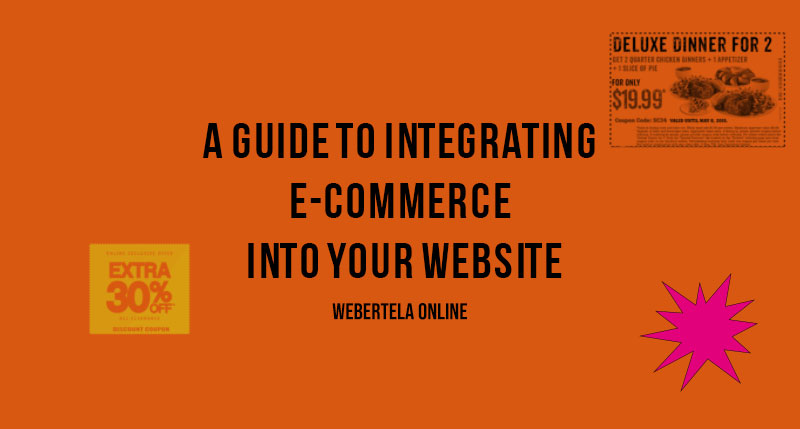A Guide to Integrating E-commerce Into Your Website

A Guide to Integrating E-commerce Into Your Website
Web development has come a long way in the past decade. Advanced technologies now allow businesses of all sizes to create professional, feature-rich online stores. While building an e-commerce site from scratch requires significant technical expertise, there are also many options for adding shopping cart functionality to an existing website with just a few clicks. In this guide, we’ll explore the different ways you can integrate e-commerce and start selling online through your website.
The first step is choosing an e-commerce platform. Popular all-in-one solutions like Shopify, BigCommerce, and WooCommerce allow you to build an online storefront without writing any code. They provide ready-made store templates, payment processing, inventory management, and more that you can customize to your brand. For existing websites, these platforms offer plugins or apps that let you embed a fully-functional shopping area. Another option is to hire a developer to build a custom online store integrated directly into your site’s architecture and codebase. While more expensive upfront, this provides full control and customization capabilities.
Once you have your e-commerce platform selected and set up, it’s time to populate your online catalog. At minimum, you’ll need product images, names, descriptions, pricing and inventory levels. Many platforms let you import this data directly from spreadsheets. You’ll also want to organize items into logical categories and potentially add additional attributes like sizing or color options. Don’t forget important details like shipping costs, taxes and returns policies to provide a seamless shopping experience.
Customizing the look and feel of your online store is another important step. E-commerce platforms offer a range of ready-made storefront templates to choose from, or you can hire a designer to create a fully customized layout and design. Be sure the aesthetic matches your overall brand identity. You’ll also want to ensure the checkout process is smooth and secure, with payment forms prominently displayed and order confirmation pages. Prominently placing banners or widgets throughout your existing website can help drive traffic to the new shopping areas as well.
With the right e-commerce integration, your website can become a powerful sales channel. Be sure to promote your new online store through email campaigns, social media, search engine optimization and more. Over time, track analytics and customer feedback to further refine and optimize the experience. With some initial setup effort, e-commerce enables capturing revenue from every online visitor.
Message me:
levan.andguladze@gmail.com
Sharing is caring!